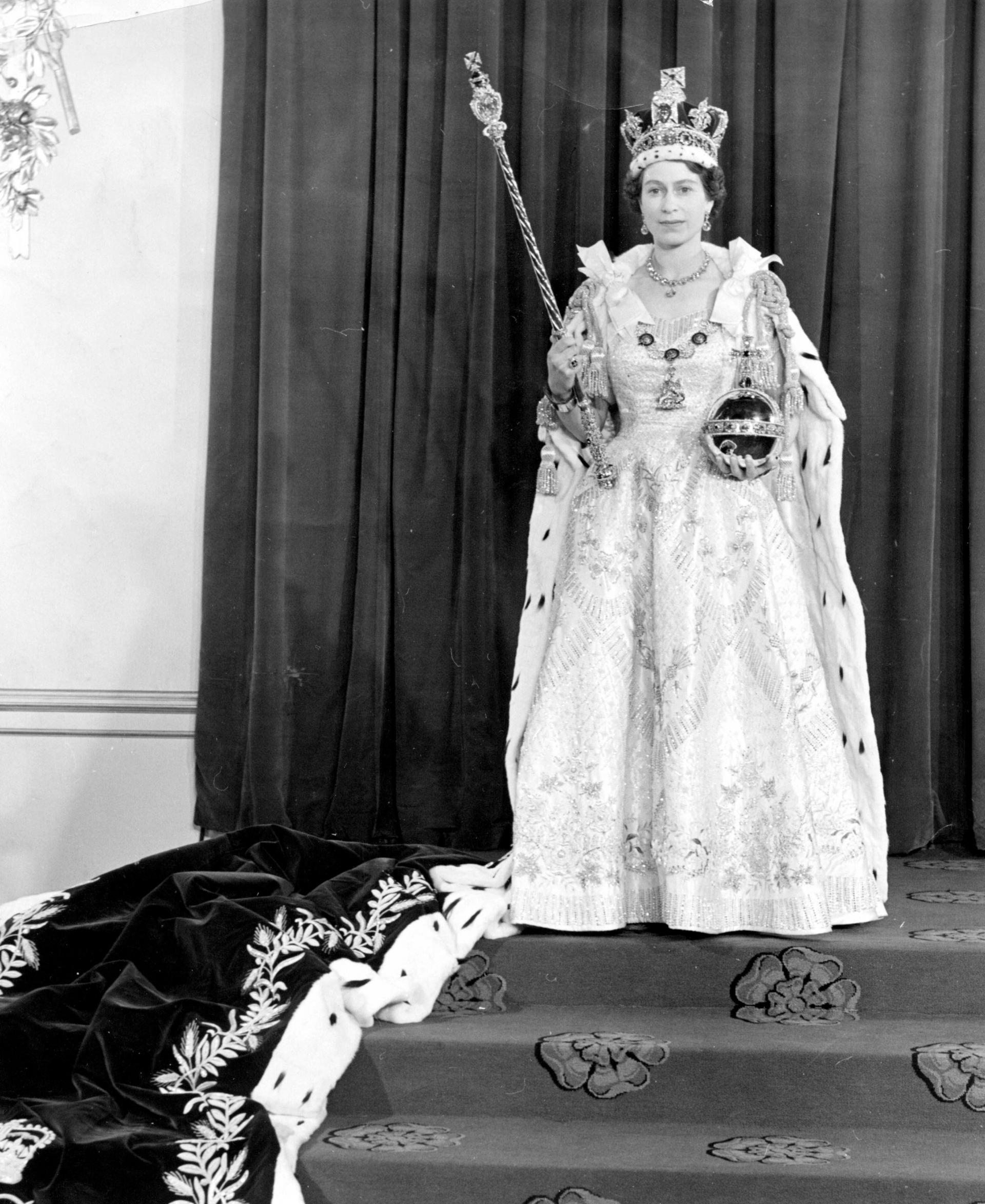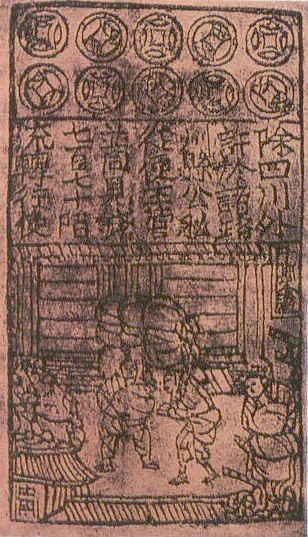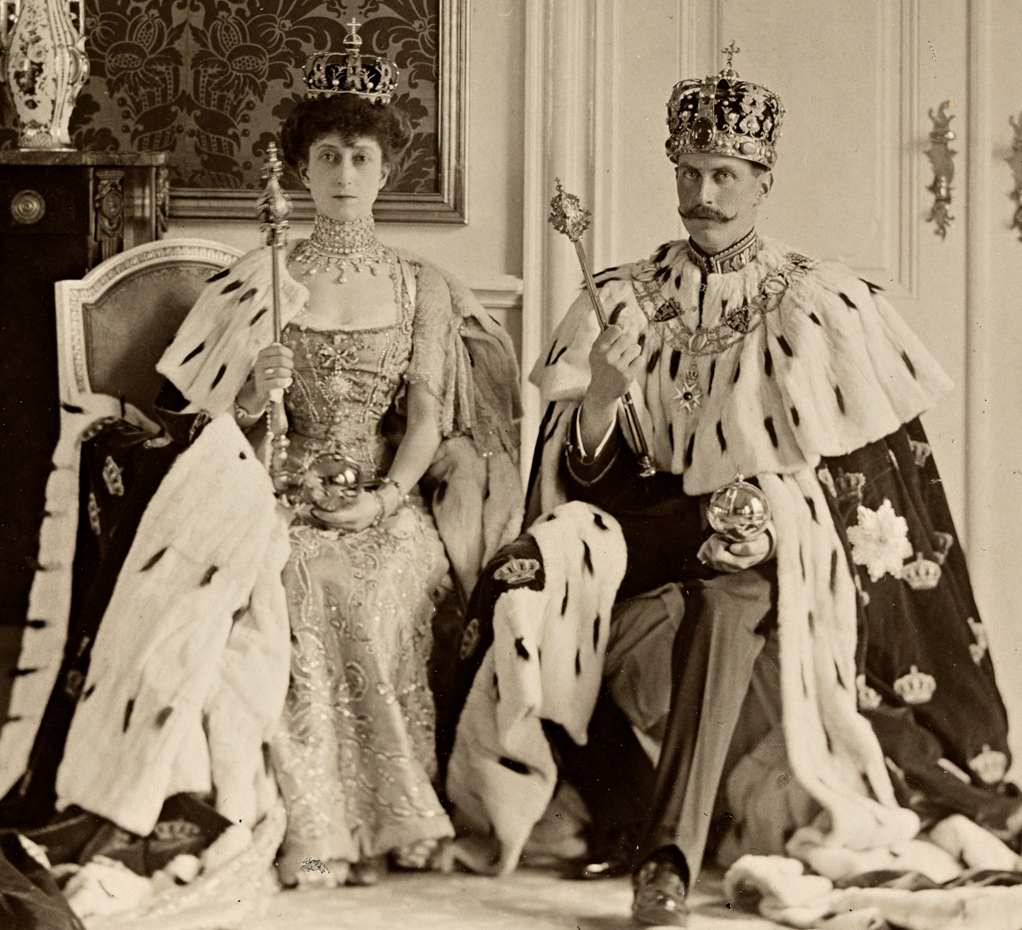|
Münzregal
The right of coinage in the Holy Roman Empire (in German ''Münzregal'') was one of the so-called regalia (also called ''royal privileges'' or ''sovereign rights''). It consisted of the right to issue regulations governing the production and use of coins. It covered the specification of currency, the right to mint and the right to use coins and the profit from minting. It is variously referred to in English sources as the "right of coinage", "coinage regality",Hübner, Rudolf (2000). ''A History of Germanic Private Law'', New Jersey. . "regality of coinage", "minting privileges" and "coinage prerogative". [...More Info...] [...Related Items...] OR: [Wikipedia] [Google] [Baidu] |
Bergregal
The ''Bergregal'' () was the historic property rights (economics), right of ownership of mining law, untapped mineral resources in parts of German-speaking Europe; ownership of the ''Bergregal'' meant entitlement to the mineral rights, rights and royalties from mining. Historically, it was one of those regalia, privileges that constituted the original sovereign rights of the king. In addition to the ''Bergregal'', another important sovereign privilege was the ''Münzregal'' or minting rights, which was a consequence of the ''Bergregal'' since coins were minted near the mines from which their metal was obtained. History In the early days of the Roman Empire, the landowner had the right to extract minerals. The reason behind this was that mineral resources were seen as "fruit of the soil" which were deemed to belong the landowner. The first regalia, or royal privileges, emerged in the first millennium, but there was still no ''Bergregal'' governing mining rights as part of the la ... [...More Info...] [...Related Items...] OR: [Wikipedia] [Google] [Baidu] |
Holy Roman Empire
The Holy Roman Empire, also known as the Holy Roman Empire of the German Nation after 1512, was a polity in Central and Western Europe, usually headed by the Holy Roman Emperor. It developed in the Early Middle Ages, and lasted for a millennium until its Dissolution of the Holy Roman Empire, dissolution in 1806 during the Napoleonic Wars. For most of its history the Empire comprised the entirety of the modern countries of Germany, Czechia, Austria, the Netherlands, Belgium, Switzerland, Slovenia, and Luxembourg, most of north-central Italy, and large parts of modern-day east France and west Poland. On 25 December 800, Pope Leo III crowned the Frankish king Charlemagne Roman emperor, reviving the title more than three centuries after the fall of the Western Roman Empire in 476. The title lapsed in 924, but was revived in 962 when Otto I, OttoI was crowned emperor by Pope John XII, as Charlemagne's and the Carolingian Empire's successor. From 962 until the 12th century, the empire ... [...More Info...] [...Related Items...] OR: [Wikipedia] [Google] [Baidu] |
Regalia
Regalia ( ) is the set of emblems, symbols, or paraphernalia indicative of royal status, as well as rights, prerogatives and privileges enjoyed by a sovereign, regardless of title. The word originally referred to the elaborate formal dress and accessories of a sovereign, but now it also refers to any type of elaborate formal dress. The word stems from the Latin substantivation of the adjective ''regalis'', "regal", itself from ''rex'', "king". It is sometimes used in the singular, ''regale''. In the abstract The term can refer to the rights, prerogatives, and privileges that are held exclusively by any sovereign, regardless of title (emperor, grand duke, etc.). An example of that is the right to mint coins, and especially coins that bear one's own effigy. In many cases, especially in feudal societies and generally weak states, such rights have in time been eroded by grants to, or usurpations by, lesser vassals. Royal dress, accessories, and associated pomp Some emblem ... [...More Info...] [...Related Items...] OR: [Wikipedia] [Google] [Baidu] |
Currency
A currency is a standardization of money in any form, in use or circulation as a medium of exchange, for example banknotes and coins. A more general definition is that a currency is a ''system of money'' in common use within a specific environment over time, especially for people in a nation state. Under this definition, the British Pound sterling (£), euros (€), Japanese yen (¥), and U.S. dollars (US$) are examples of (government-issued) fiat currencies. Currencies may act as stores of value and be traded between nations in foreign exchange markets, which determine the relative values of the different currencies. Currencies in this sense are either chosen by users or decreed by governments, and each type has limited boundaries of acceptance; i.e., legal tender laws may require a particular unit of account for payments to government agencies. Other definitions of the term ''currency'' appear in the respective synonymous articles: banknote, coin, and money. Th ... [...More Info...] [...Related Items...] OR: [Wikipedia] [Google] [Baidu] |
List Of Frankish Kings
The Franks, Germanic peoples that invaded the Western Roman Empire in the 5th century, were first led by individuals called dux, dukes and monarch, reguli. The earliest group of Franks that rose to prominence was the Salian Franks, Salian Merovingian dynasty, Merovingians, who conquered most of Roman Gaul, as well as the Gaulish territory of the Visigothic Kingdom, following the Battle of Vouillé in 507 AD. The sons of Clovis I, the first King of the Franks, conquered the Kingdom of the Burgundians, Burgundian and the Alamannia, Alamanni Kingdoms. They acquired Provence, and went on to make the peoples of the Bavarii and Thuringii their clients. The Merovingians were later replaced by the new Carolingian dynasty in the 8th century. By the late 10th century, the Carolingians themselves had been replaced throughout much of their realm by other dynasties. A timeline of Frankish rulers has been difficult to trace since the realm, according to old Germanic practice, was frequently ... [...More Info...] [...Related Items...] OR: [Wikipedia] [Google] [Baidu] |
Charlemagne
Charlemagne ( ; 2 April 748 – 28 January 814) was List of Frankish kings, King of the Franks from 768, List of kings of the Lombards, King of the Lombards from 774, and Holy Roman Emperor, Emperor of what is now known as the Carolingian Empire from 800, holding these titles until his death in 814. He united most of Western Europe, Western and Central Europe, and was the first recognised emperor to rule from the west after the fall of the Western Roman Empire approximately three centuries earlier. Charlemagne's reign was marked by political and social changes that had lasting influence on Europe throughout the Middle Ages. A member of the Frankish Carolingian dynasty, Charlemagne was the eldest son of Pepin the Short and Bertrada of Laon. With his brother, Carloman I, he became king of the Franks in 768 following Pepin's death and became the sole ruler three years later. Charlemagne continued his father's policy of protecting the papacy and became its chief defender, remo ... [...More Info...] [...Related Items...] OR: [Wikipedia] [Google] [Baidu] |
Golden Bull Of 1356
The Golden Bull of 1356 (, , , , ) was a decree issued by the Imperial Diet at Nuremberg and Metz ( Diet of Metz, 1356/57) headed by the Emperor Charles IV which fixed, for a period of more than four hundred years, important aspects of the constitutional structure of the Holy Roman Empire. It was named the '' Golden Bull'' for the golden seal it carried. In June 2013, the Golden Bull was included in the UNESCO's Memory of the World Register. Background According to the written text of the Golden Bull of 1356: Though the election of the King of the Romans by the chief ecclesiastical and secular princes of the Holy Roman Empire was well established, disagreements about the process and papal involvement had repeatedly resulted in controversies, most recently in 1314 when Louis of Bavaria and Frederick of Austria had been elected by opposing sets of electors. Louis, who had eventually subdued his rival's claim on the battlefield, made a first attempt to clarify the process i ... [...More Info...] [...Related Items...] OR: [Wikipedia] [Google] [Baidu] |
Prince Elector
The prince-electors ( pl. , , ) were the members of the Electoral College of the Holy Roman Empire, which elected the Holy Roman Emperor. Usually, half of the electors were archbishops. From the 13th century onwards, a small group of prince-electors gained the privilege of electing the King of the Romans. The king would then later be crowned Emperor by the pope. Charles V (elected in 1519) was the last emperor to be crowned (1530); his successors assumed the title "Elected Emperor of the Romans" (; ) upon their coronation as kings. The dignity of elector carried great prestige and was considered to be behind only the emperor, kings, and the highest dukes. The electors held exclusive privileges that were not shared with other princes of the Empire, and they continued to hold their original titles alongside that of elector. The heir apparent to a secular prince-elector was known as an electoral prince (). Rights and privileges Electors were rulers of ( Imperial Estates) ... [...More Info...] [...Related Items...] OR: [Wikipedia] [Google] [Baidu] |
Imperial Estates
An Imperial Estate (; , plural: ') was an entity or an individual of the Holy Roman Empire with representation and the right to vote in the Imperial Diet ('). Rulers of these Estates were able to exercise significant rights and privileges and were " immediate", meaning the only authority above them was that of the Holy Roman Emperor. They were thus able to rule their territories with a considerable degree of autonomy. The system of imperial states replaced the more regular division of Germany into stem duchies in the early medieval period. The old Carolingian stem duchies were retained as the major divisions of Germany under the Salian dynasty, but they became increasingly obsolete during the early high medieval period under the Hohenstaufen, and they were finally abolished in 1180 by Frederick Barbarossa in favour of more numerous territorial divisions. From 1489, the Imperial Estates represented in the Diet were divided into three chambers, the college of prince-electo ... [...More Info...] [...Related Items...] OR: [Wikipedia] [Google] [Baidu] |
Holy Roman Emperor
The Holy Roman Emperor, originally and officially the Emperor of the Romans (other), Emperor of the Romans (; ) during the Middle Ages, and also known as the Roman-German Emperor since the early modern period (; ), was the ruler and head of state of the Holy Roman Empire. The title was held in conjunction with the title of King of Italy#Kingdom of Italy (781–962), King of Italy (''Rex Italiae'') from the 8th to the 16th century, and, almost without interruption, with the title of King of Germany (''Rex Teutonicorum'', ) throughout the 12th to 18th centuries. The Holy Roman Emperor title provided the highest prestige among Christianity in the Middle Ages, medieval Catholic monarchs, because the empire was considered by the Catholic Church to be Translatio imperii, the only successor of the Roman Empire during the Middle Ages and the early modern period. Thus, in theory and diplomacy, the emperors were considered first among equalsamong other Catholic monarchs across E ... [...More Info...] [...Related Items...] OR: [Wikipedia] [Google] [Baidu] |
Regalia
Regalia ( ) is the set of emblems, symbols, or paraphernalia indicative of royal status, as well as rights, prerogatives and privileges enjoyed by a sovereign, regardless of title. The word originally referred to the elaborate formal dress and accessories of a sovereign, but now it also refers to any type of elaborate formal dress. The word stems from the Latin substantivation of the adjective ''regalis'', "regal", itself from ''rex'', "king". It is sometimes used in the singular, ''regale''. In the abstract The term can refer to the rights, prerogatives, and privileges that are held exclusively by any sovereign, regardless of title (emperor, grand duke, etc.). An example of that is the right to mint coins, and especially coins that bear one's own effigy. In many cases, especially in feudal societies and generally weak states, such rights have in time been eroded by grants to, or usurpations by, lesser vassals. Royal dress, accessories, and associated pomp Some emblem ... [...More Info...] [...Related Items...] OR: [Wikipedia] [Google] [Baidu] |
Carolingian System Of Coinage
The Carolingian monetary system, also called the Carolingian coinage system''The later medieval and modern coinages of continental Europe'' at britannica.com. Retrieved 20 June 2022 or just the Carolingian system, was a currency structure introduced by in the late 8th century as part of a major reform, the effects of which subsequently dominated much of Europe, including Britain, for centuries. It is characterised by having three denominations with values in the ratio 240:12:1, the units of which went under different names in the different languages, but which corresponded to the Latin terms ''libra'' (pound), ''solidus'' (shilling) and ''denarius'' ... [...More Info...] [...Related Items...] OR: [Wikipedia] [Google] [Baidu] |






